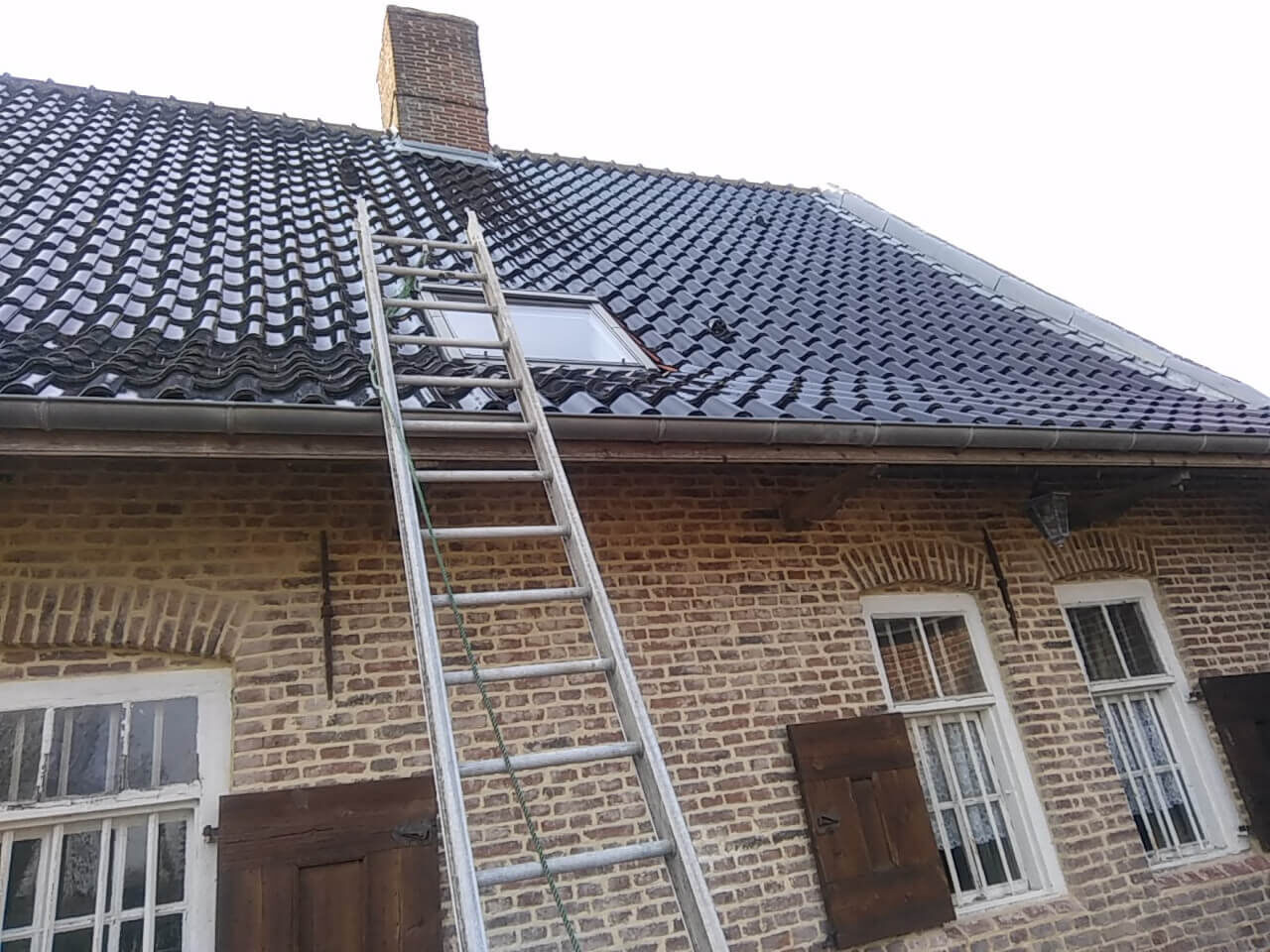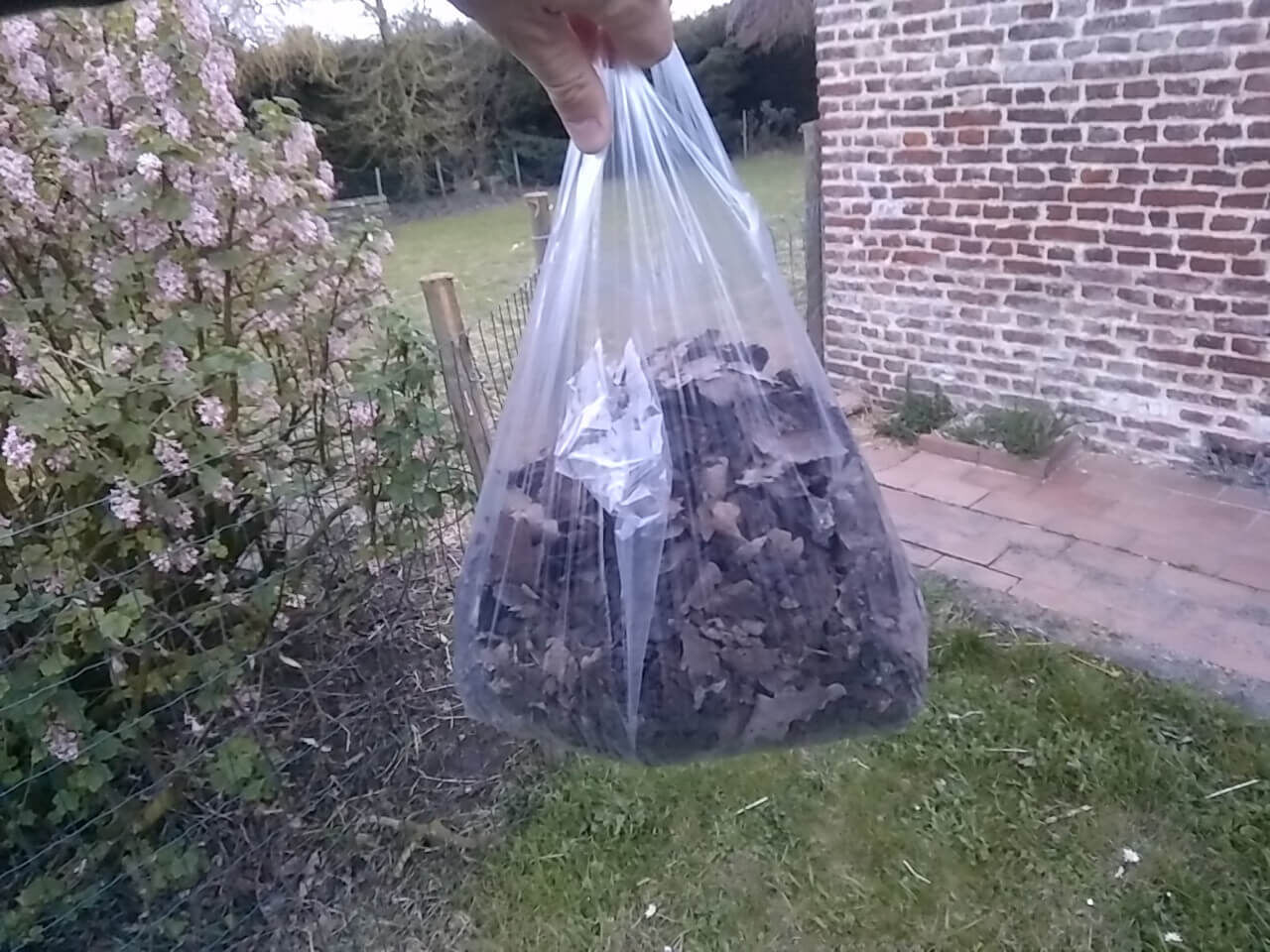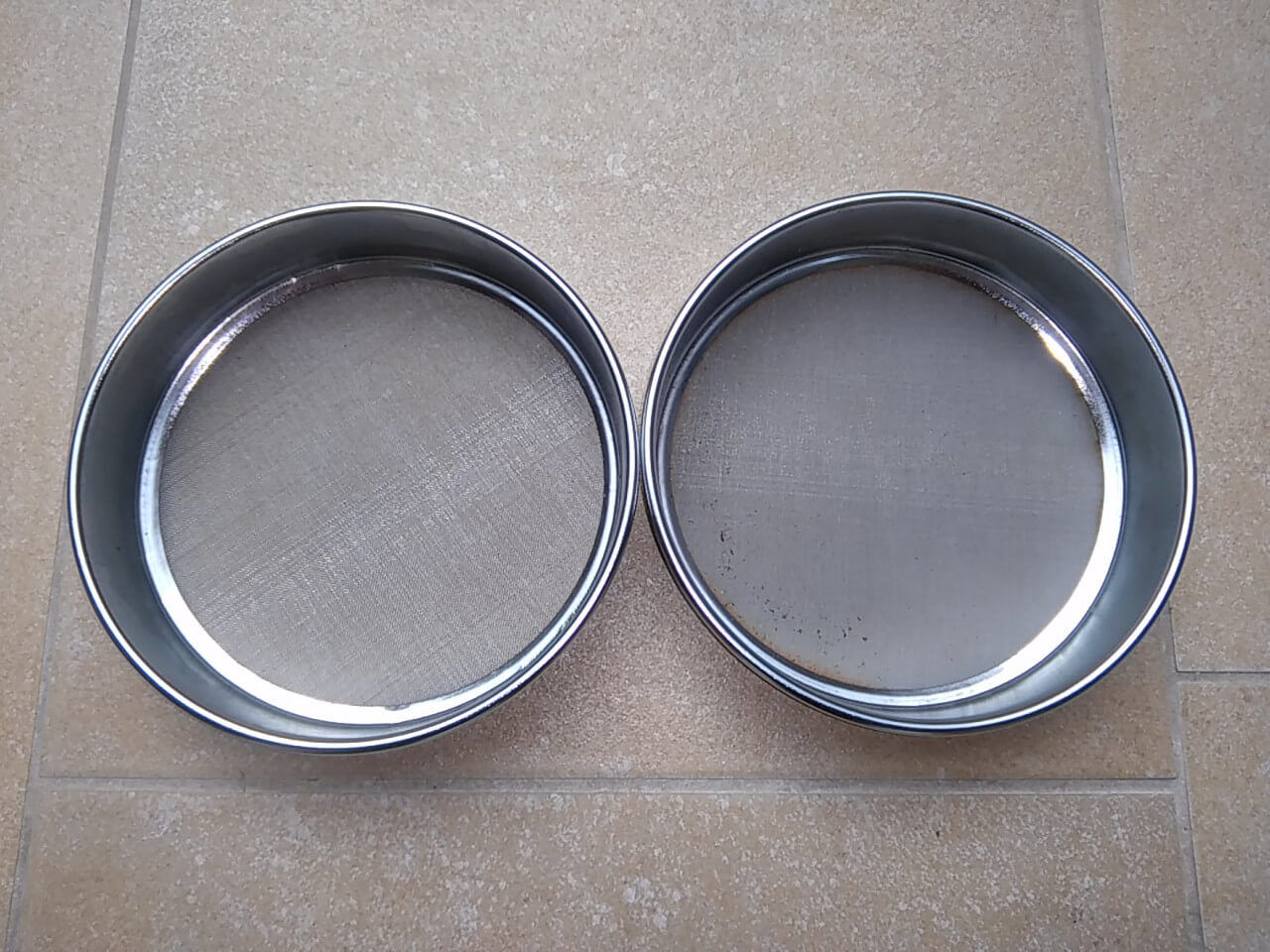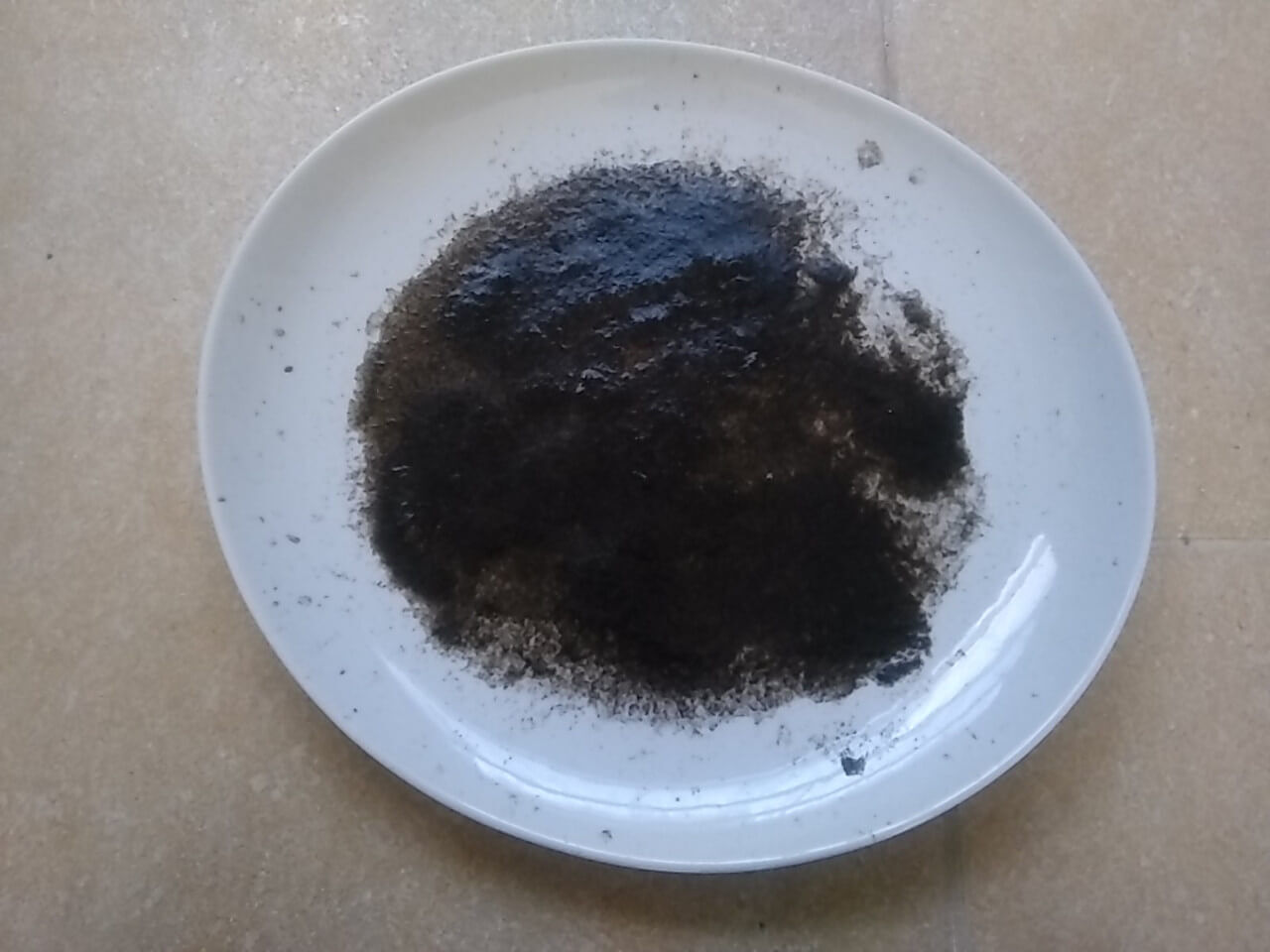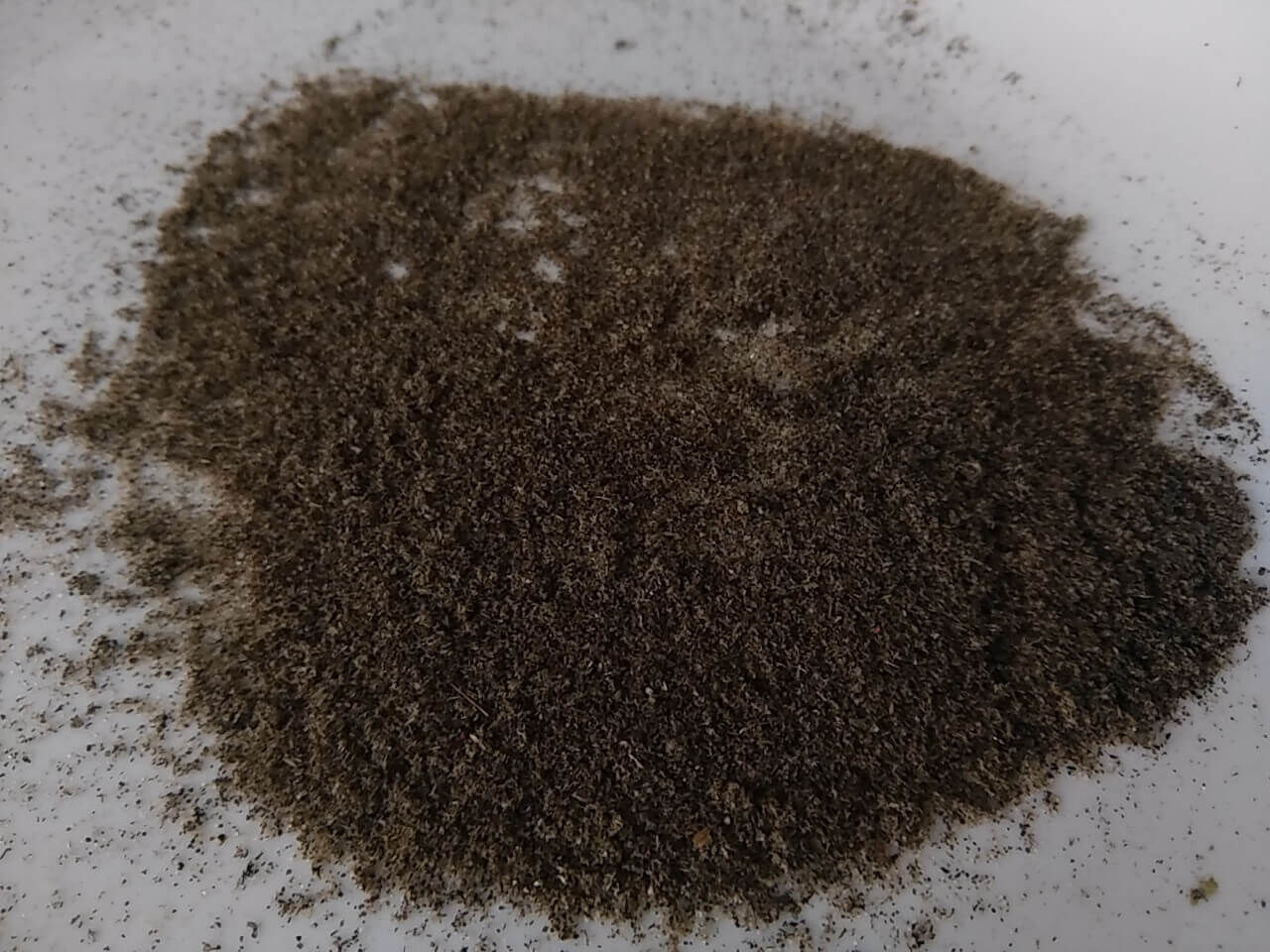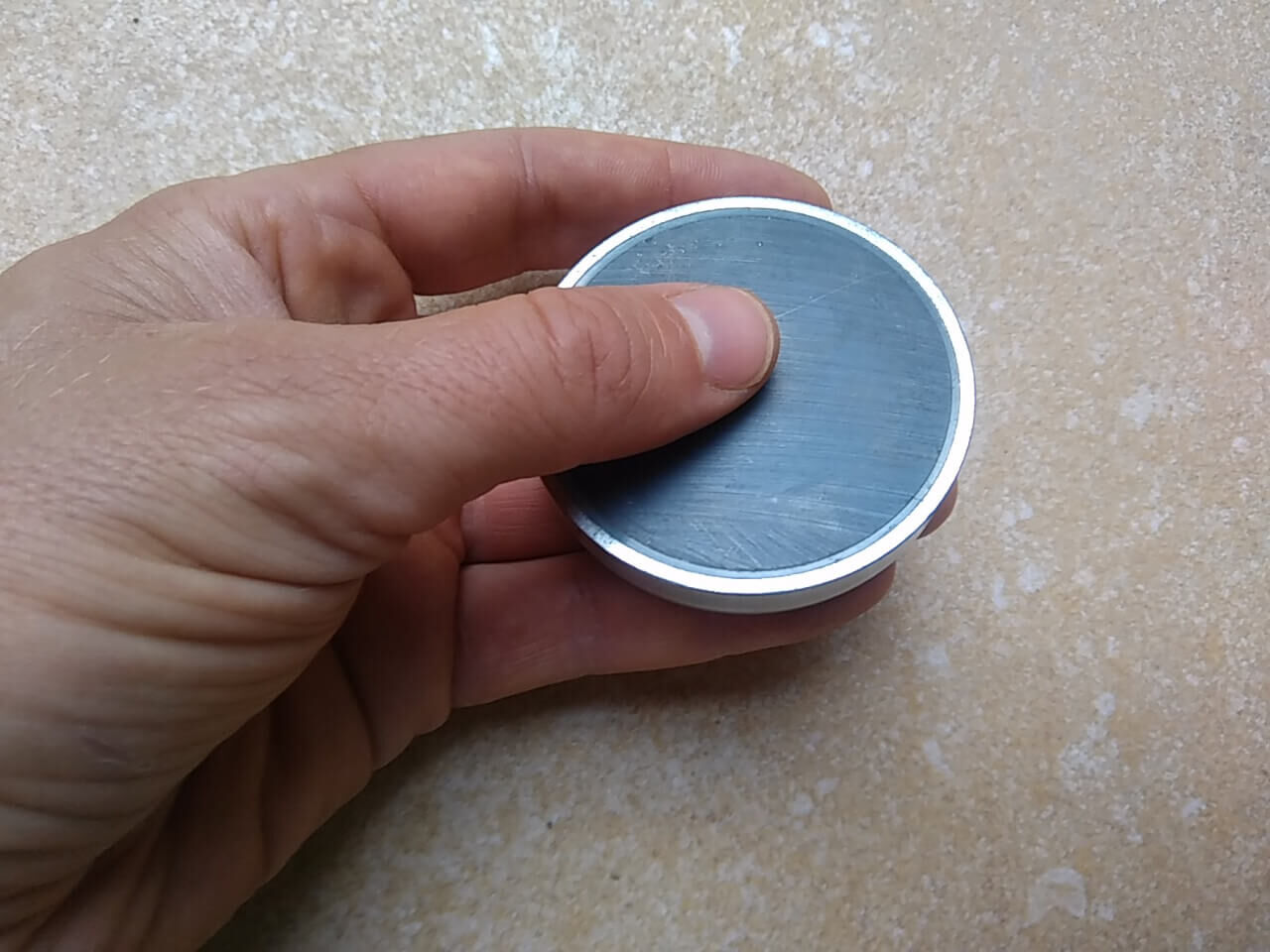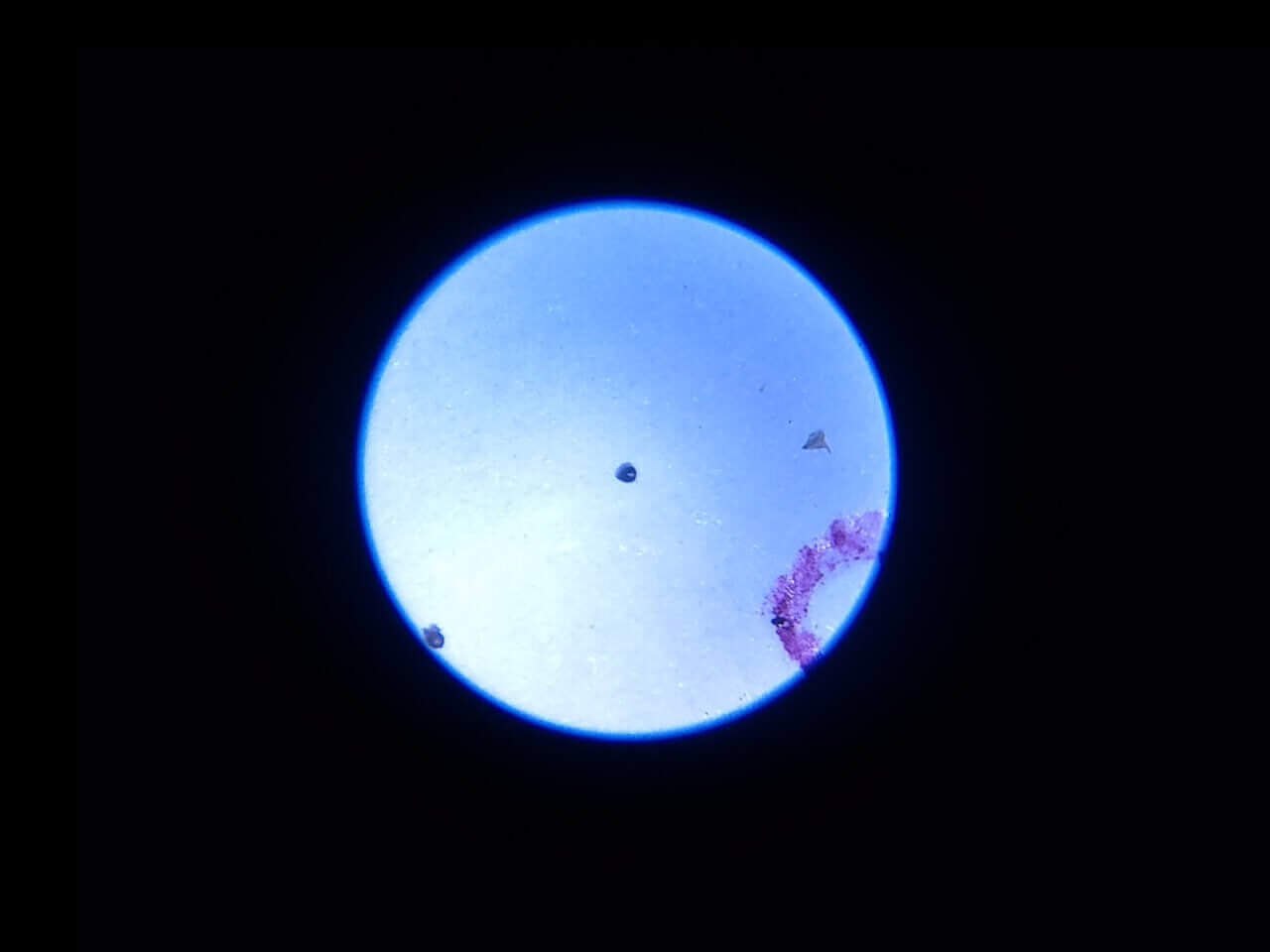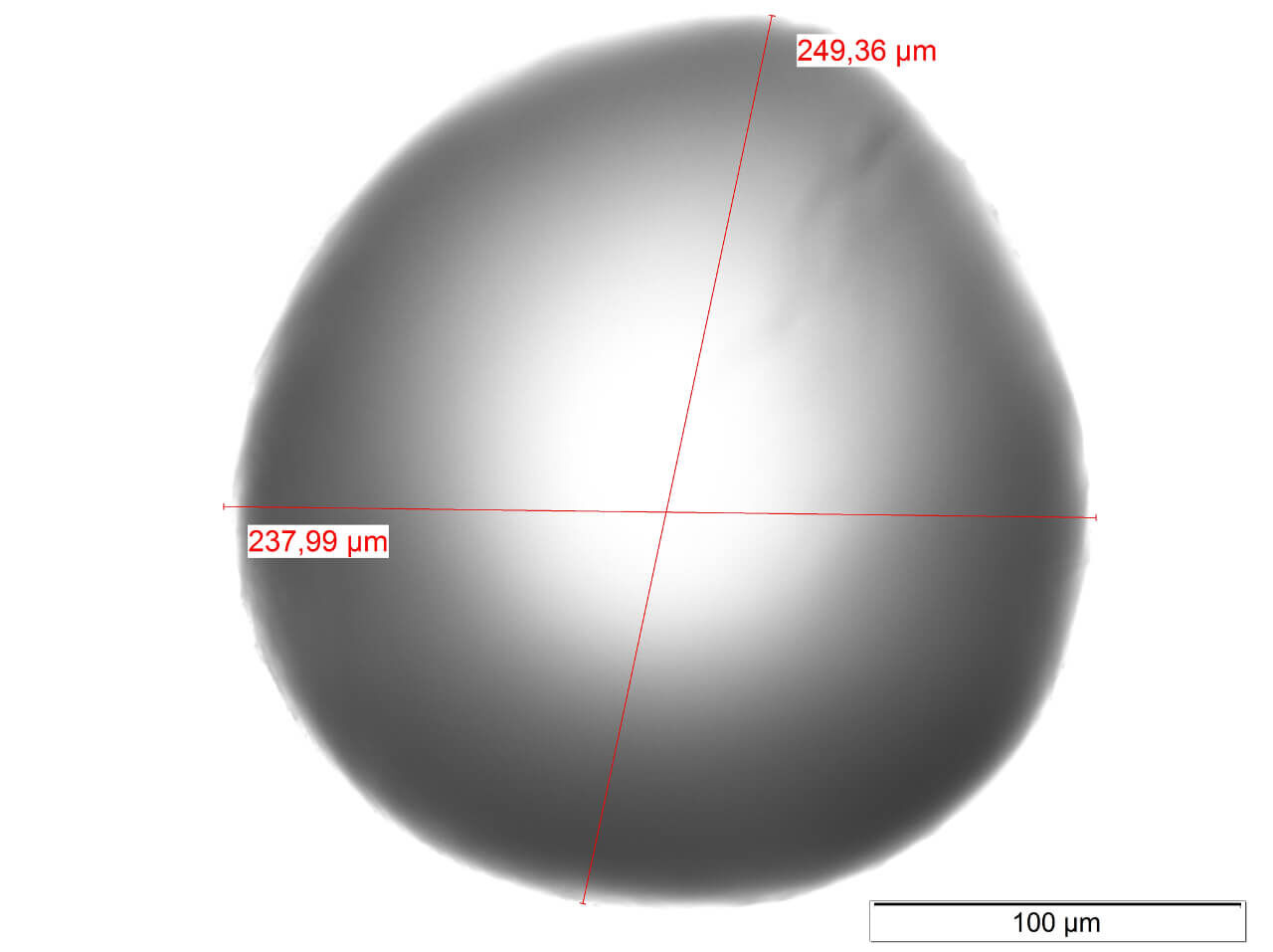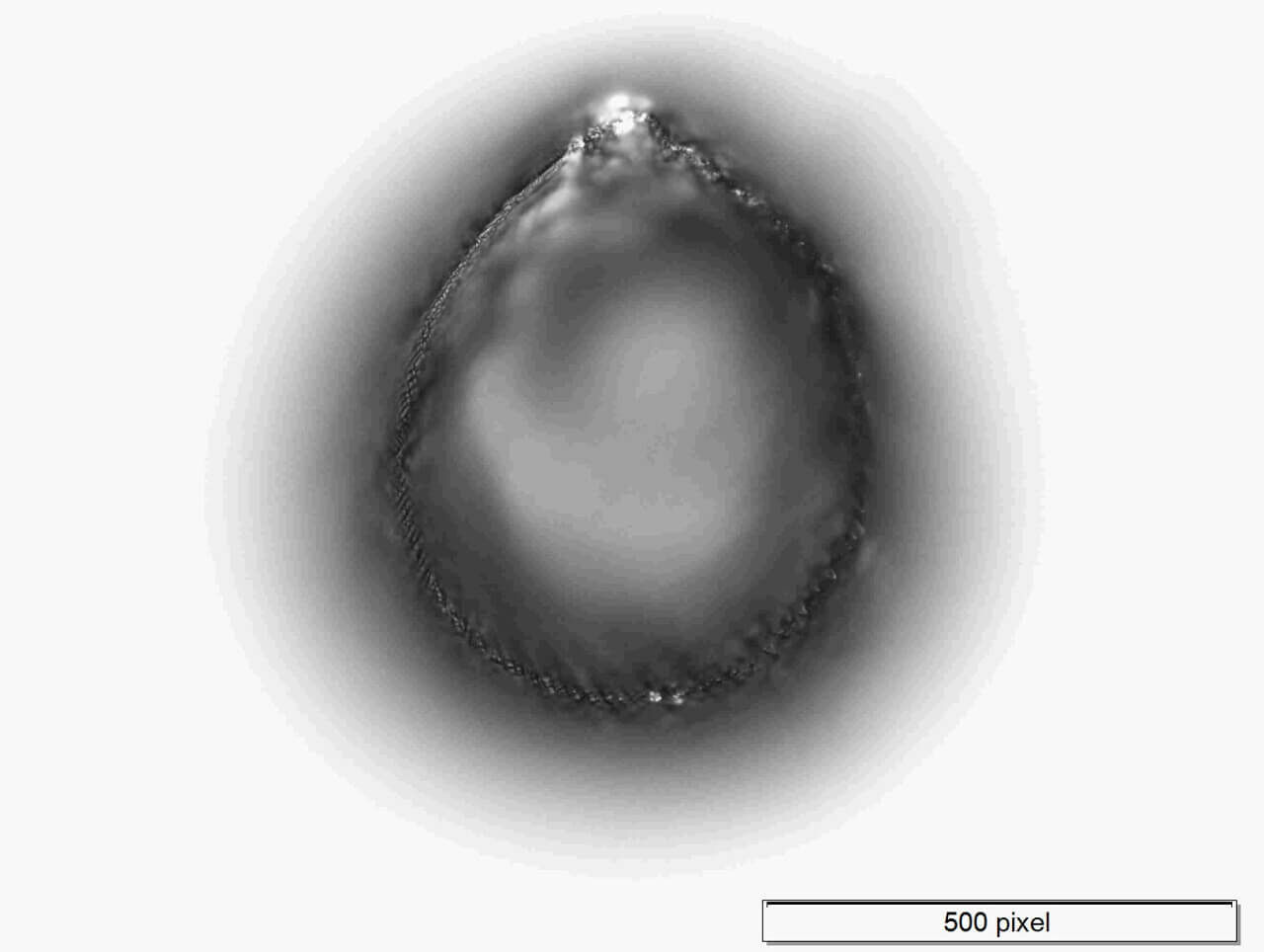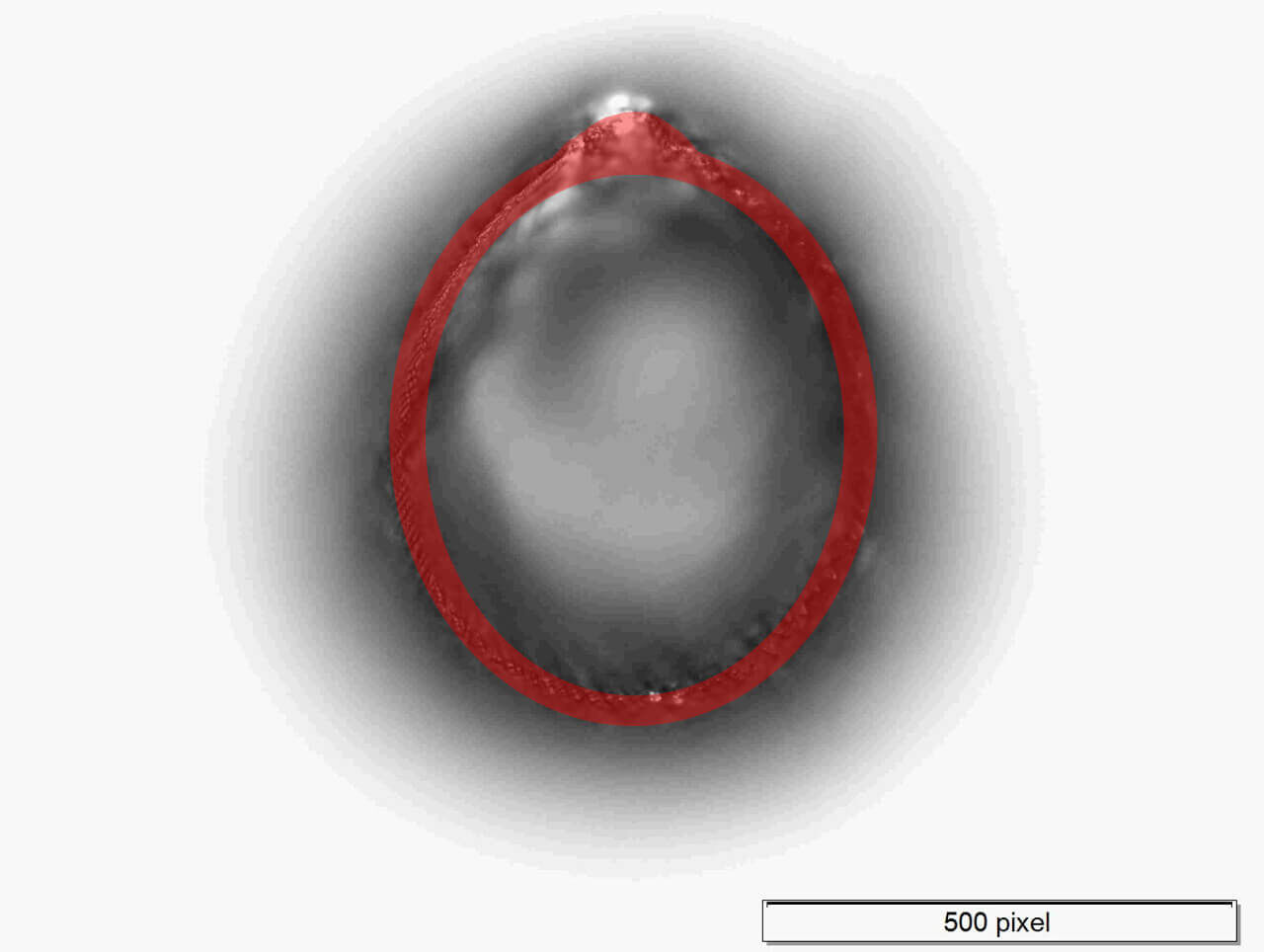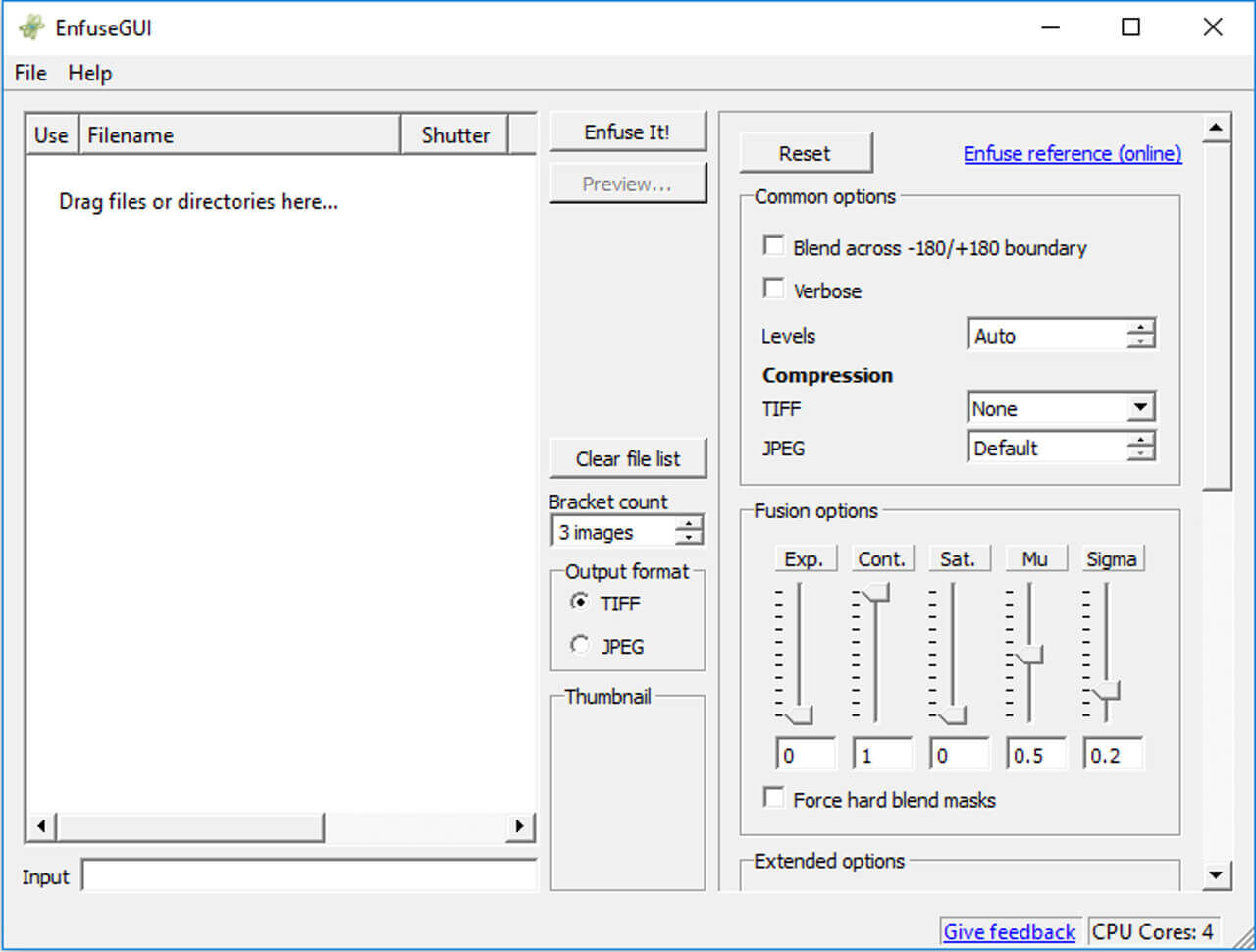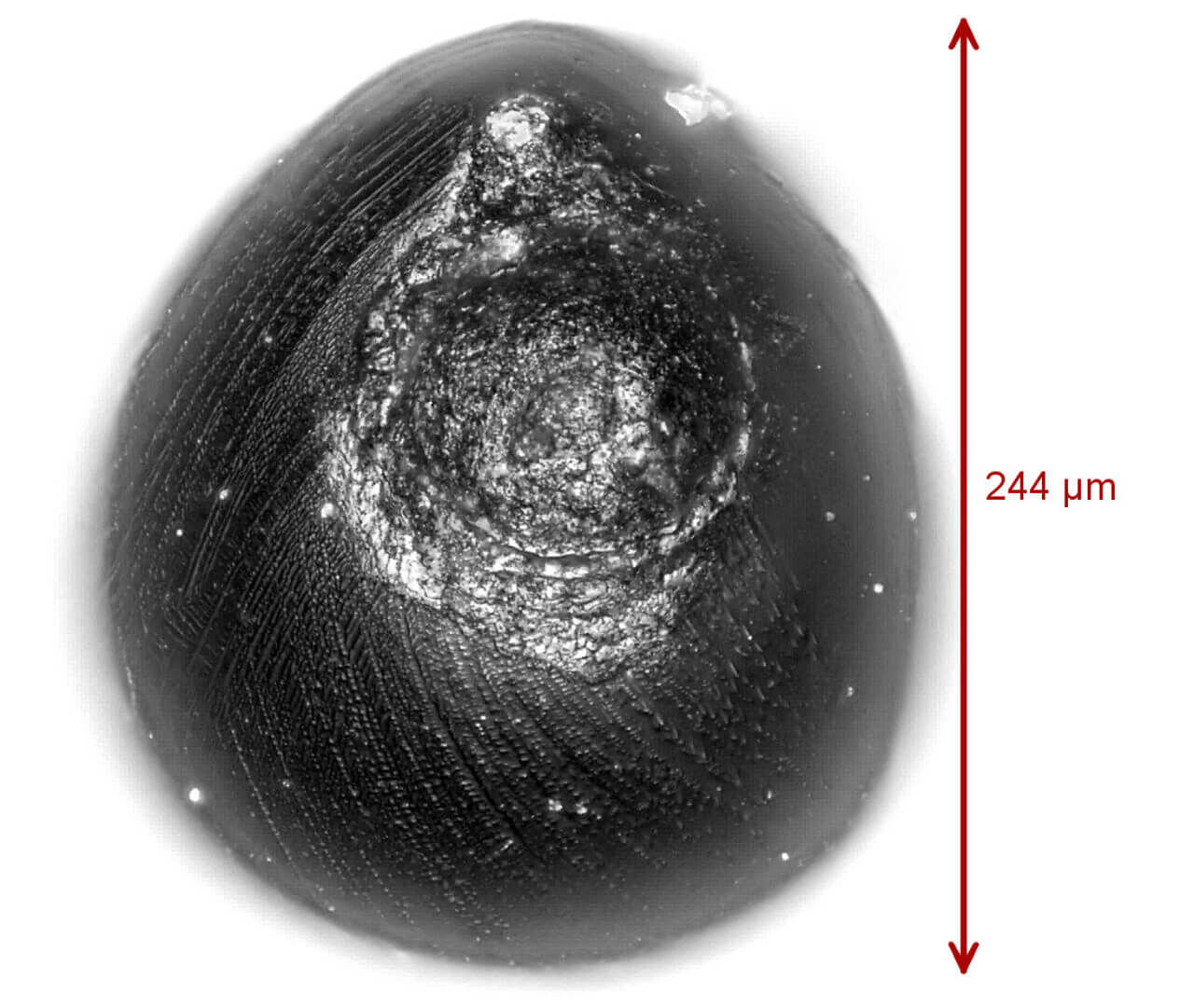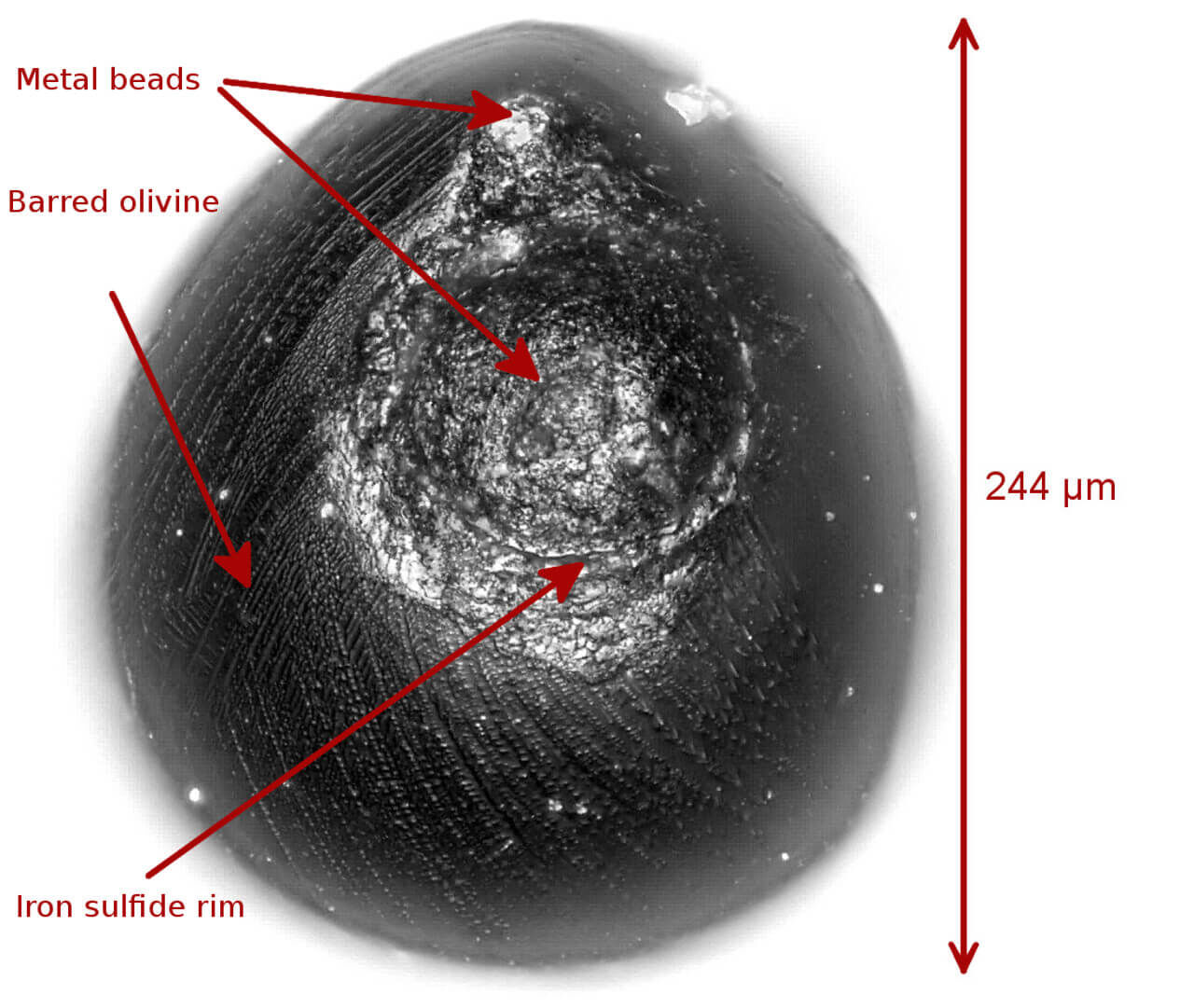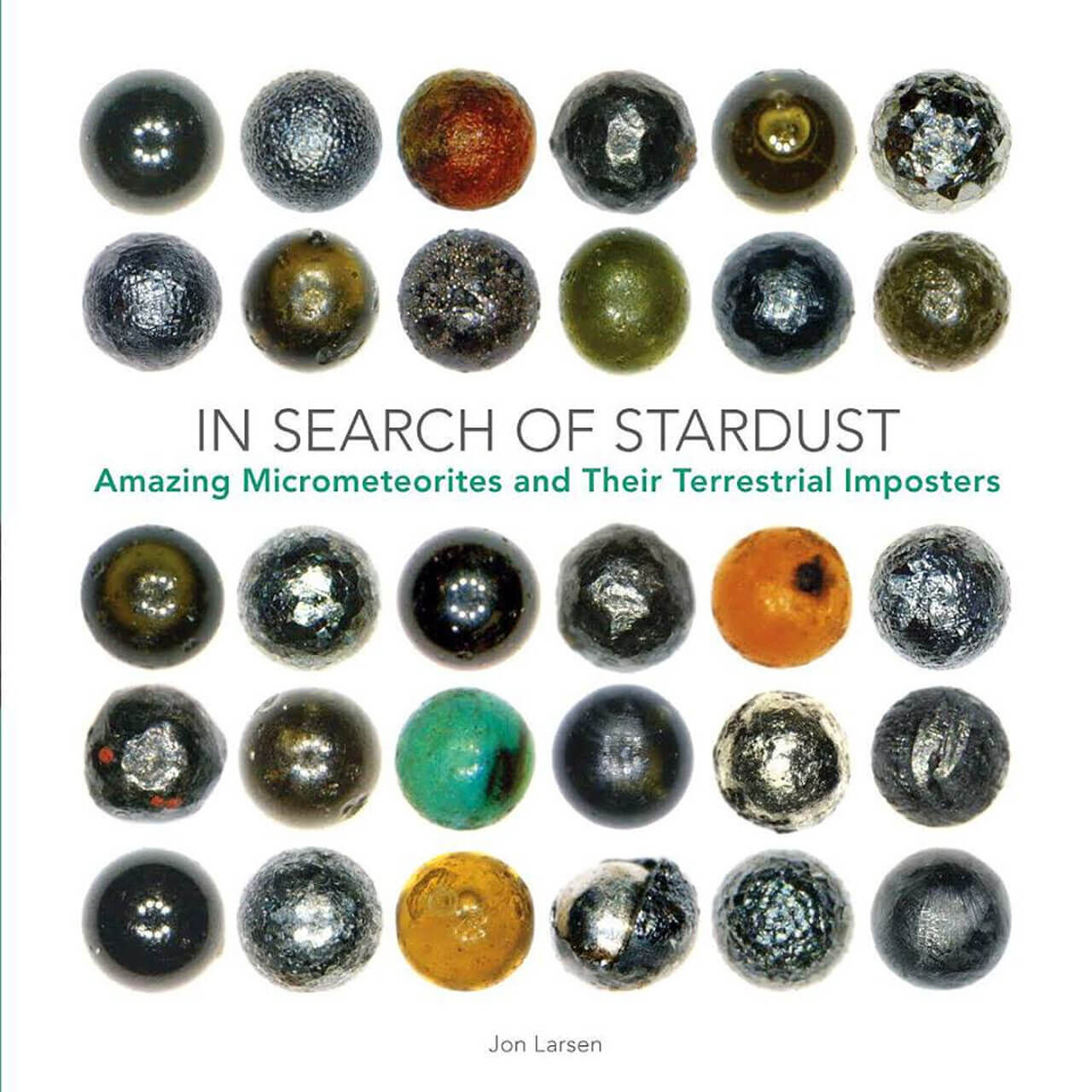Micrometeorites collection and study
Micrometeorites are constantly falling on the earth anywhere and at any time.
Due to the small size of this tiny grains their collection and correct identification can be challenging.
At astroGC we managed to collect and identify positively some micrometeorites.
The first one, shared hereby has been found in North France.
Collection and identification process
The collection.
Collected at: Saint Sylvestre Cappel (France) 50°46'48.8"N 2°32'45.8"E
Collection date: April 7th, 2018 by Gauthier Dubois
We need a clean outdoor surface.
The gutter of this clean roof seemed to be a good place for finding micrometeorites.
Collected materials.
Unfortunately the trees in the nearby produced a lot of organic waste. But this was actually not a big problem. The leaves, dust, sand found in the gutter were mixed with a lot of water. Most of the organic waste floated. The remaining waste at the bottom of the container has been selected and the rest has been discarded.
Cleaning the... dust!
We used different sieves down to Mesh 80 and selected the grains between Mesh 35 and Mesh 80. This is equivalent to select grain sized from 0.5mm to 0.2mm. This has been done, again, using a lot of water.
The last cleaning has been done using dish soap to remove any oily rest and prevent the grains to stick after drying. In this case we also used hair conditioner in the aim of obtaining a fine separated grains sand.
Selected grains.
This is part of the selected grains, before drying.
Drying grains.
The grains have been stored during a day or two in a dry room. On this picture we can still see a layer of organic rest that could easily be removed if needed as it floats in the water.
The magnet job.
We use a magnet to separate grains containing Iron and/or Nickel. The best way to do that is first to envelop the magnet in an aluminium paper, get the enveloped magnet next to the grains, and remove the aluminium to free the grains in a plate.
Searching micrometeorites
A small and cheap microscope is enough to find the micrometeorites. It is important to use a wide-angle eyepiece and a low magnification. We use in this case an Omegon StereoView, 20x.
Many anthropogenic metallic spherules were discarded.
We are looking for slightly elongated shape black spherules showing some metal beads if possible.
Here is a first image of the micrometeorite. This picture has been done just sticking a mobile phone to the eyepiece.
